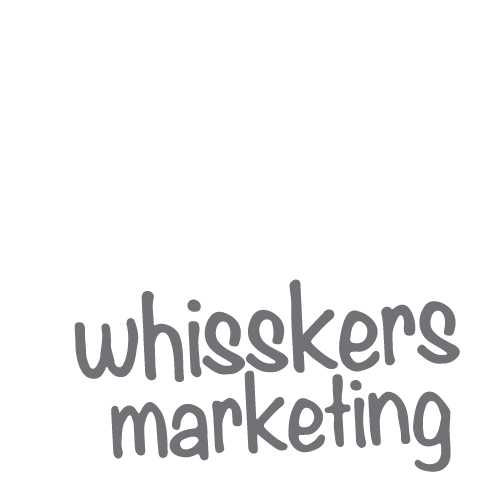A demand-side platform is a software used by companies to buy mobile and video ads at a marketplace where advertisers post inventory. Having a platform like this allows advertisements to be managed across multiple real-time bidding platforms, as opposed to just one, like Google Ads. DSPs enable programmatic advertising along with supply-side platforms.
Rather than buying directly from a publisher, programmatic advertising helps you automatically buy and optimize digital campaigns. The main goal here is to replace human negotiations with machine learning and AI. The buying and selling of these ads are done solely via software and the ads are pushed based on complex algorithms. Online advertising today mostly relies on real-time bidding and direct deals.
- Real-time bidding: Such advertising takes place in real-time. The audience that needs to be reached is specified with the ads, along with how much needs to be spent, and then there is a bid between all the advertisers who wish to reach the same audience. A prospect lands on the page, and an algorithm decides which ads would be displayed on the page even before the page is fully loaded. These algorithms take various things into account, like the time of the day and the user’s browsing history, which is why a user tends to see ads for things he or she may have previously searched for. The advertiser who bids the highest amount wins the placement.
- Programmatic direct: This kind of advertising is closer to the traditional forms of advertising with the added benefit of the internet. If a business wants guaranteed ad placements in premium locations. Big-name publishers will often sell their ad spaces with the help of programmatic advertising. The advertiser is provided with details of the people visiting the website by the publisher. If the visitors are the target audience, the advertiser has the option to reserve publishing space for any upcoming campaigns.
All about how a DSP works
Demand-side platforms are independent of other individual networks. They are third party software that allows advertisers to analyse, manage, and purchase ads across many platforms from a single place.
Demand-side platform companies provide advertisers with all the information they would need to purchase ads from a publisher when it comes to programmatic advertising. They communicate with supply-side platforms through an ad exchange instead of buying media directly from advertisers.
Why should one use demand-side platforms or DSP advertising?
There are several pros and cons of using demand-side platforms, and it is important to know them all before investing in software.
Pros:
- Data: In order to offer advertisers with as much information as possible, many DSPs partner with third-party data providers, which is often more than what a single network can provide. Many DSPs also allow their customers to import their own data through CRM or DMP (data management platform)
- Efficiency: A DSP is a very good idea if an individual is managing campaigns across many platforms. This helps in making everything adjustable from one dashboard.
- Target: The ability to pinpoint targeting capabilities comes in with more data. Better targets mean better landing pages with more personalized ads, which leads to higher chances of conversions.
- Support: The support provided is beyond traditional helpdesk style customer support.
Cons:
- Cost: DSPs can be quite a large investment.
- Complexity: There is a risk of overcomplicating things regardless of whether one decides to aggregate the data. Some advertisers often find DSPs too complicated to learn about it.

